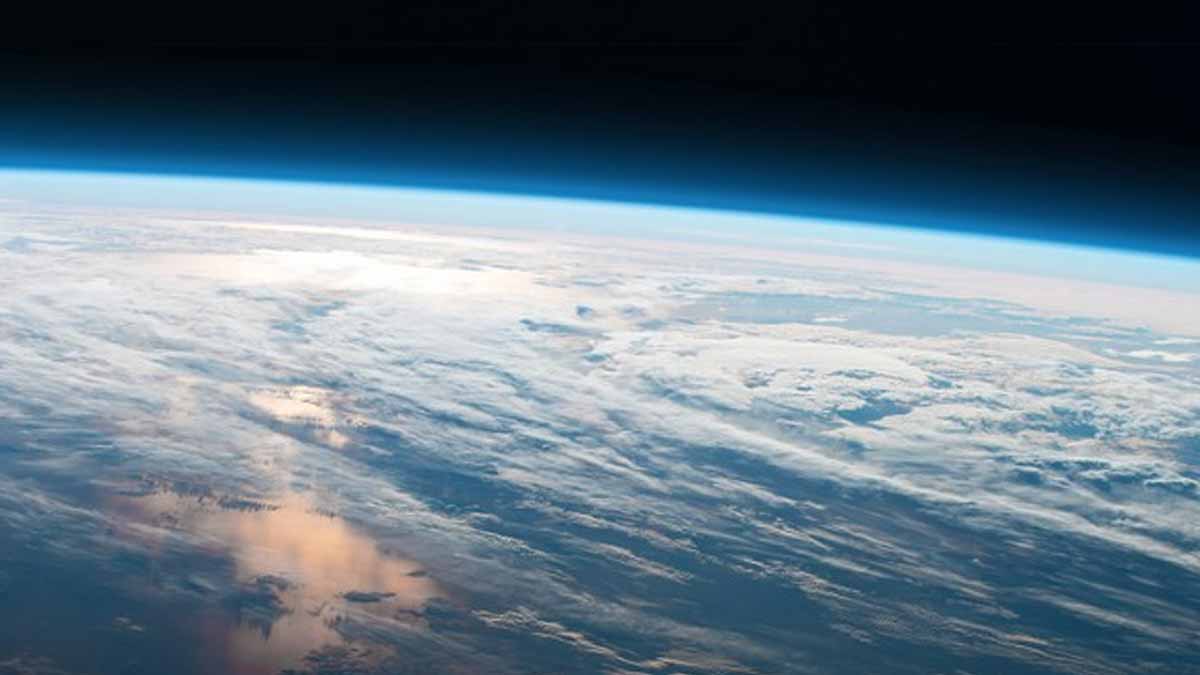The clock is running, and the balance that lets us breathe is not permanent. NASA’s Nexus for Exoplanet System Science and Toho University researchers point to a distant, measurable shift. As the Sun warms, the carbon cycle changes and life’s scaffolding shakes. The warning is not for tomorrow, yet it matters now. We depend on oxygen, on photosynthesis, on a stable sky. That stability has a horizon, and the science behind it is sobering, precise, and hard to ignore.
What triggers the fall of oxygen in Earth’s sky
The Sun brightens over time, and that extra energy stresses our atmosphere. As heating increases, carbon dioxide breaks apart more easily. The air then holds less CO₂, and plants lose the raw material they use. This shift is slow, yet it pushes the biosphere toward a new state.
Photosynthesis weakens as CO₂ sinks, so plants produce less of the gas we breathe. Cut the input and the output fades. With weaker plant productivity, surface ecosystems thin. Ocean productivity also drops. Energy moves through food webs less efficiently. Complex organisms struggle, even while microbes adapt and endure.
Remove photosynthesis long enough and oxygen curves downward. As it falls, the protective ozone layer thins. Ultraviolet radiation reaches the ground at harsh levels. Land dries, soils degrade, and deserts spread. The planet begins to resemble its distant past: a rock with scant shielding, a sky poor in the gases that support complex life.
How the cascade unfolds and why timing matters
Scientists Kazumi Ozaki and Christopher Reinhard modeled Earth’s long future. Their large-scale simulations map coupled changes in chemistry, climate, and biology. The results converge on a clear horizon: habitability for complex life wanes, even if microbial life persists. The line is far, yet its direction is firm and testable.
They estimate about one billion years until complex life loses its foothold. That is the broad window before a low-O₂ atmosphere dominates. However, early signs arrive much sooner. According to their work, the first detectable shifts could appear thousands of years earlier. The process would then accelerate and lock in.
Some accounts mention roughly 10,000 years for noticeable beginnings. That early phase would not end civilization overnight. Yet it signals the start of a one-way path. As feedbacks tighten, the system resists reversal. Once the CO₂ floor falls below plant needs, recovery becomes unlikely under a brightening Sun.
Practical impacts, risks, and protective layers at stake
Think of the biosphere as a network that needs reliable inputs. Reduce CO₂ too far and plant metabolism stalls. With that stall, net primary production sinks. Food chains thin. Nutrient cycles slow. Forests retreat. Grasslands fade. Oceans lose rich blooms. The world’s living fabric loosens at many seams.
With weaker photosynthesis, oxygen supply cannot keep pace with consumption. Air composition shifts. Ozone depends on O₂, so it also declines. That loss matters because ozone blocks dangerous ultraviolet light. As shielding weakens, radiation damages DNA more often. Surface life faces stress, while underground and deep-water niches gain relative safety.
Complex animals rely on narrow ranges. They need plenty of breathable air, steady food webs, and shelter from radiation. As those buffers thin, extinction pressure rises. By contrast, anaerobic and radiation-tolerant microbes can hold ground. Life does not end, but it changes character. The age of complexity gives way to resilience in simpler forms.
Why methane rises as oxygen fades and life thins out
Atmospheric chemistry rebalances as the sky loses oxidants. When fewer oxidants are present, methane lingers longer. Its sources then weigh more in the overall mix. Methane grows in share, and that growth shapes climate and air quality. Breathing becomes riskier for many species even before total collapse.
According to the research teams, this methane rise adds stress on top of lower O₂. The gas traps heat and influences photochemistry. With reduced ozone, sunlight drives different reactions, which further transform the air. The sky, once a shield, becomes a harsher medium.
Yet the worst outcomes unfold slowly on human timescales. The first signals inform science and guide observation of other worlds. They help us read exoplanet skies. Methane with little O₂ can tell a story. It can hint at life’s stage, its vigor, or its decline.
What this changes for our idea of habitability
Habitability is not a binary switch; it is a window that opens and closes. Earth has enjoyed a long, temperate run. That run ends as stellar physics and geochemistry shift the ground rules. The message is not doom today. It is perspective, scale, and humility about planetary lifespans.
The NASA and Toho University work reframes search strategies. Biosignatures depend on time. A young world may show different gases than a mature one. A world nearing its limit may also signal differently. We must match data to stage. That approach reduces false hopes and misread clues across the galaxy.
For us, the lesson also lands at home. Systems that seem eternal are not. Keeping current stability still matters, even though the billion-year horizon sits far away. Knowledge of the endpoint clarifies today’s stakes. Stewardship gains weight when we see the arc, not just the moment we occupy.
What remains clear after tracing Earth’s distant future
We live inside a narrow, lucky window that we should value and protect. The simulations by Kazumi Ozaki and Christopher Reinhard, aligned with NASA’s program, show a clear arc. Complex life will face limits set by a brightening star and weakening photosynthesis. Oxygen will not define Earth forever, yet the time we have is vast, precious, and worth using well.
